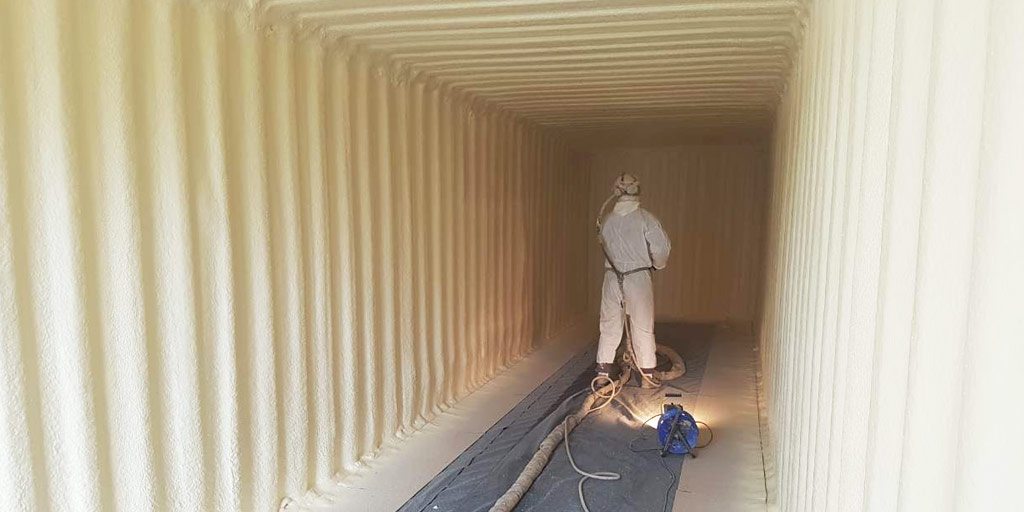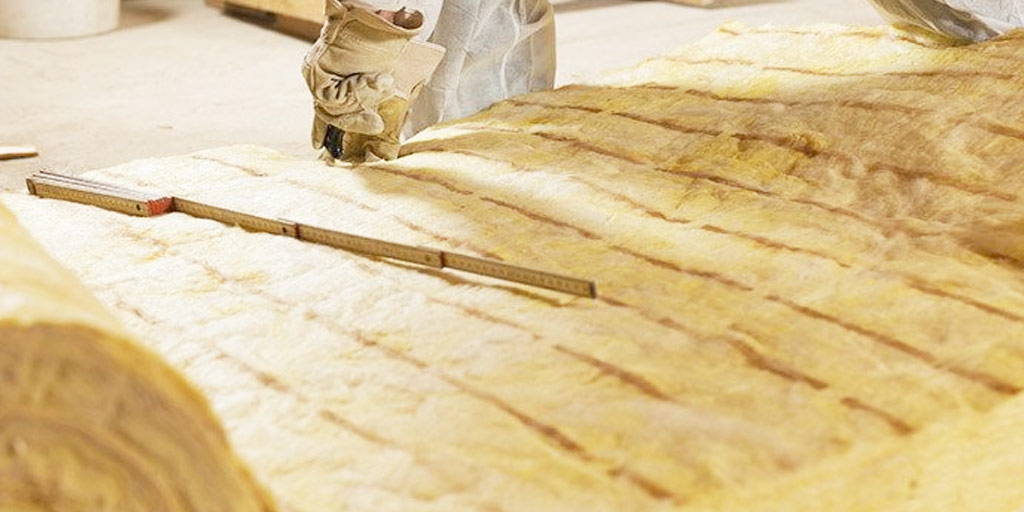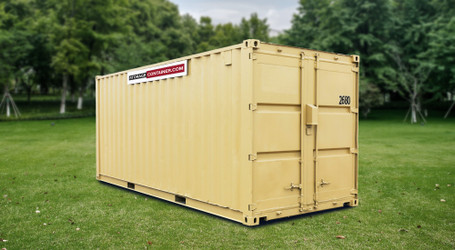What to Know About Insulating a Shipping Container
Mar 27th 2023
Storage containers are made to be sturdy and resistant to rust and corrosion. These containers aren’t made to maintain a stable temperature within them without added intervention.
Keeping the interior of a storage container warm in the winter or cool in the summer can prove expensive and problematic (especially if there are people using the container as shelter from the outside elements).
This is when insulation comes in handy. Made from a growing range of materials, insulation helps to reduce the transfer of heat. That means it can help keep heat out when you are trying to keep things cool or hold heat in when you are trying to fight off the cold.
Pairing a storage container that has a heating and cooling system with good insulation can give you better temperature control in the container, along with helping you save a hefty amount of money. Here’s what you need to know before you start this project for your container.
When and Why Storage Container Insulation is Useful
|
Temperature and humidity can pack a powerful punch, even to the items inside of a storage container. On a hot day, heat can permeate a metal container and even exceed outdoor temperatures in some cases. A similar effect can occur in the winter. If you are shipping or storing certain products, excessive heat or cold may prove threatening to their wellbeing. We all know, for example, that computer parts and high heat don’t play well together. Likewise, if you use a storage container for an on-site office, or you’re trying to set one up to serve as a home, you are going to want to make sure the people inside aren’t going to be at risk of a heatstroke. |

|
Installing a heating and cooling unit is a great start. Without insulation in your storage container though, you’ll end up throwing a lot more money at temperature regulation than you might like.
Insulation can help. When set up properly, insulation serves as a thermal barrier, meaning it reduces the transfer of heat in or out of the storage container. This can make it a lot easier to maintain a good temperature inside of your container for a longer period of time.
The Benefits of Storage Container Insulation
Whether you are trying to outfit a storage container to live in it, or you are trying to ensure that the products you are shipping remain undamaged by a freakish heatwave, insulation can be an investment in keeping the interior of your container at a reasonable temperature for less money.
|
Better protection for heat-sensitive items
We’ve touched on this a bit above but it is a benefit that you should take into consideration. If you are using a storage container for computer parts, medical equipment, perishable goods, of even a vehicle, keeping these items insulated against the impact of heat is highly important. Good insulation can save you from the loss of thousands of dollars (or more) in lost products.
|
Less money lost on heating and cooling
Having a heating or cooling system for your storage container is extremely helpful but can also end up taking a large bite from your budget if the system is constantly running. Closing the container doors only helps so much. Insulation can help maintain the ideal temperature in your storage container for far longer, saving your energy on heating and cooling and, by default, money in the long run.
|

Improved eco-friendliness
Reduced energy use is something that any business should consider, even when it comes to regulating the temperature in their containers. Insulating a shipping container can be a one-time investment that helps reduce your energy usage long-term and increases your business or project’s environmental friendliness.
|
4 Types of Insulation To Know
There is more than one option for insulation materials to use in your container. This makes it far easier to find the insulation that best fits your needs and your container’s specs.
| 1. Blanket Insulation | 2. Expanded Foam Insulation |
|---|---|
 |
 |
| Much like a sweater on a cold day, blanket insulation is made to keep warmth in. Usually, blanket insulation comes in pre-cut lengths known at “batts” or longer “rolls.” Possible materials used for blanket insulation can include the usual fiberglass insulation, along with slag wool, mineral wool, sheep wool, rock wool, and even cotton or denim. While this insulation is helpful for keeping the temperature in your container warm, it is very permeable to water vapor. | Similarly to blanket insulation, expanded foam insulation is made into large boards and panels which are pre-sized to fit certain wall heights. However, unlike blanket insulation, this insulation is self-supporting. This insulation is very DIY-friendly and in many situations can have the highest R-value in comparison to other insulation materials. Expanded foam insulation can include open or closed cell Polyurethane foam insulation, and extruded or expanded Polystyrene foam insulation. |
| 3. Spray Foam Insulation | 4. Alternative Insulation Types |
 |
 |
| As the name suggests, this insulation is applied as a spray which coats the walls of a container and then harden into a solid. This is an ideal type of insulation to ensure all nooks, crannies, or awkward corners are still insulated. You can opt for expanding spray foam options such as open or closed cell spray Polyurethane foam or non-expanding spray insulation like damp-spray cellulose or cementitious insulation. | There are less commonly used types of insulation such as straw bale or hempcrete insulation. While not the most effective, these can be insulation solutions that cost less and are more eco-friendly. It is important to note that these forms of insulation are more suited for moderate climates. |
Choosing Insulation for Your Container
|
|
If your storage container will be in a warm, humid climate, you will need vapor-resistant insulation that will keep heat out too. If you are insulating a container that will go through more than one climate, you’ll need an option that can be a bit more versatile. |
|
|
Are you storing perishable goods? Toys? A vintage car? You will want to take the intended use of the container into account when selecting insulation. For example, if you’ll be using it for holding heat-producing items like a computer server, you want insulation material that keeps things dry without holding in heat. |
|
|
Sometimes you will need one or both. Internal insulation is most commonly used but, in some cases, external can be a better solution, though it will need to be covered by some kind of a weather resistant barrier. |
Storagecontainer.com doesn’t just offer quality storage containers to choose from. We also provide helpful modifications for container purchases to ensure your container meets your needs. Reach out today to get a quote or ask about how we can help modify your container.
Get A Quote Today

